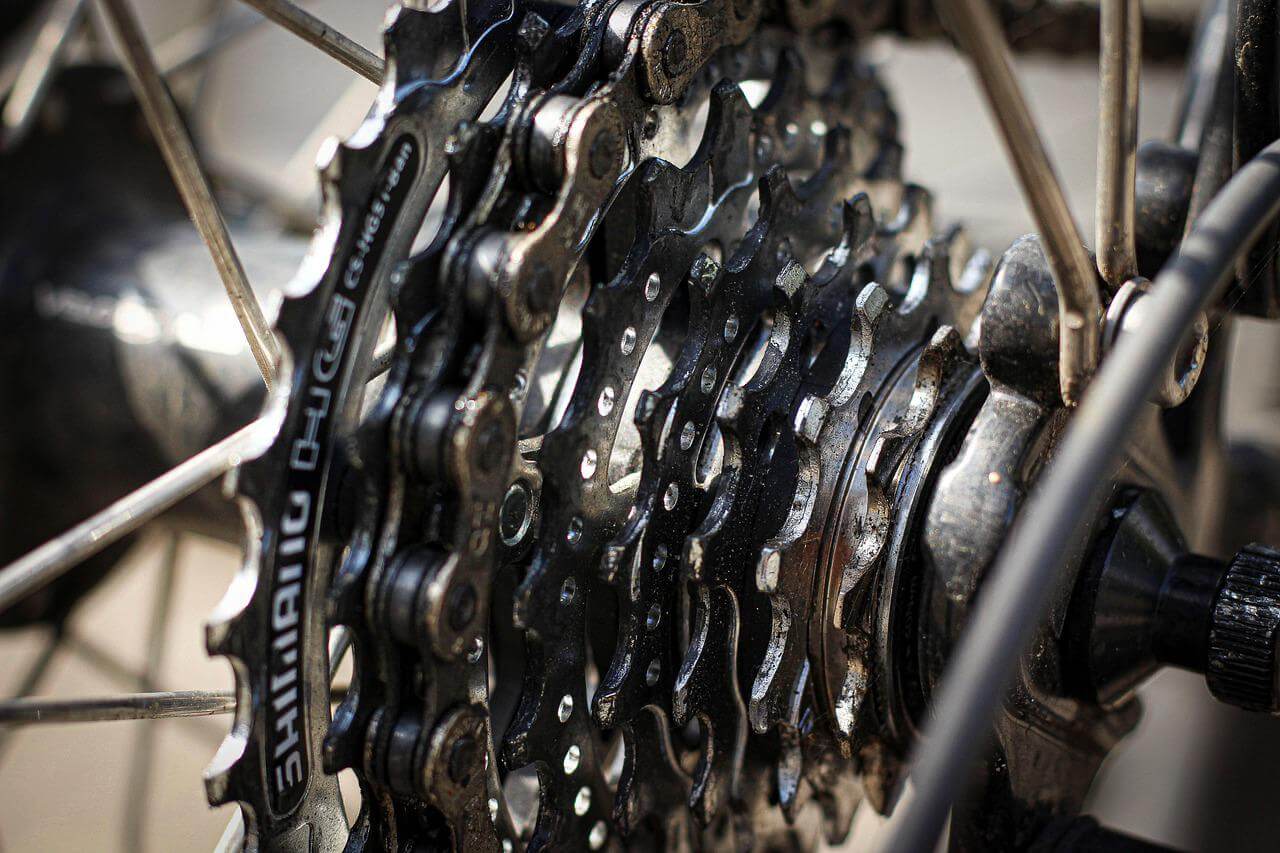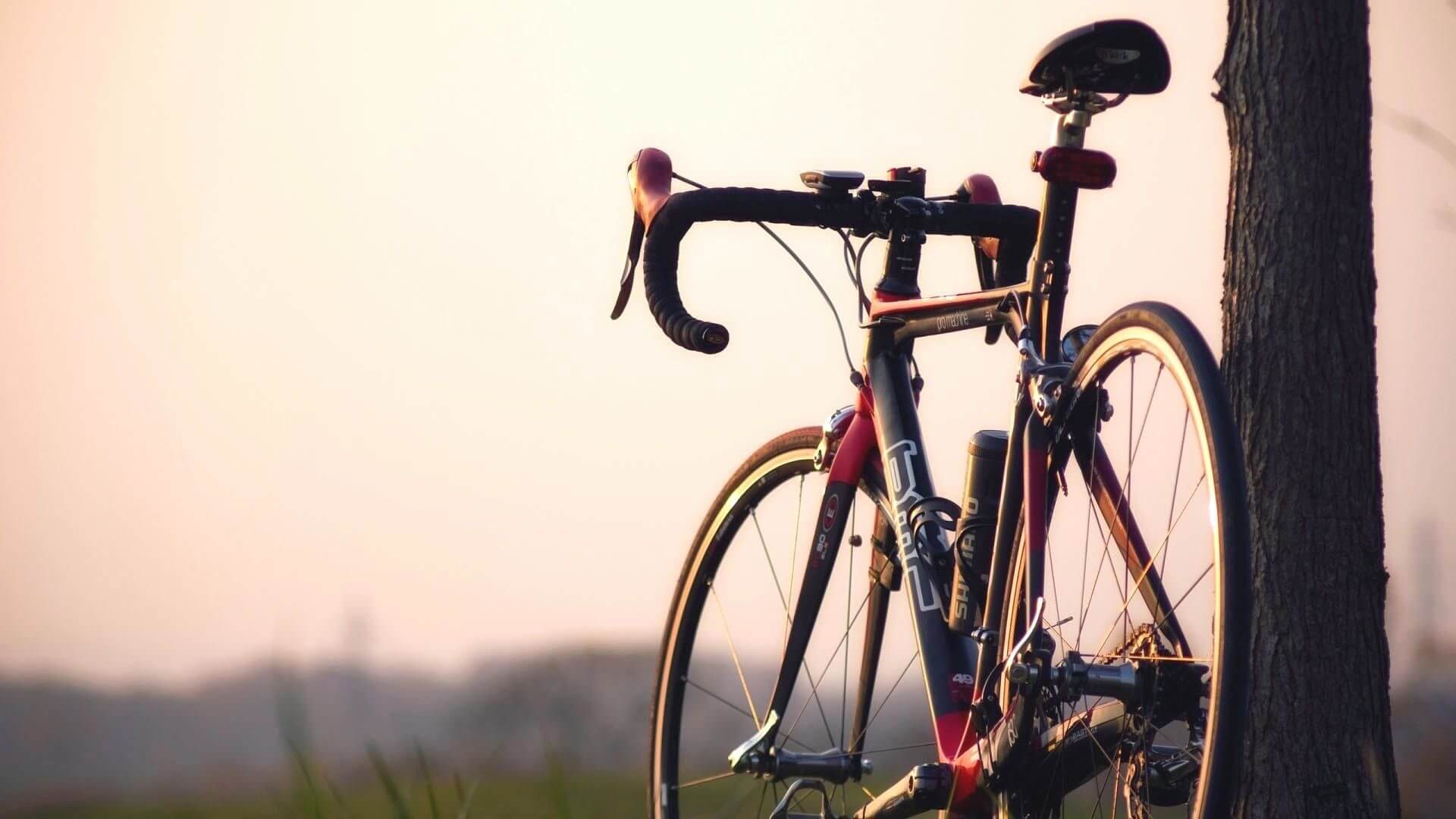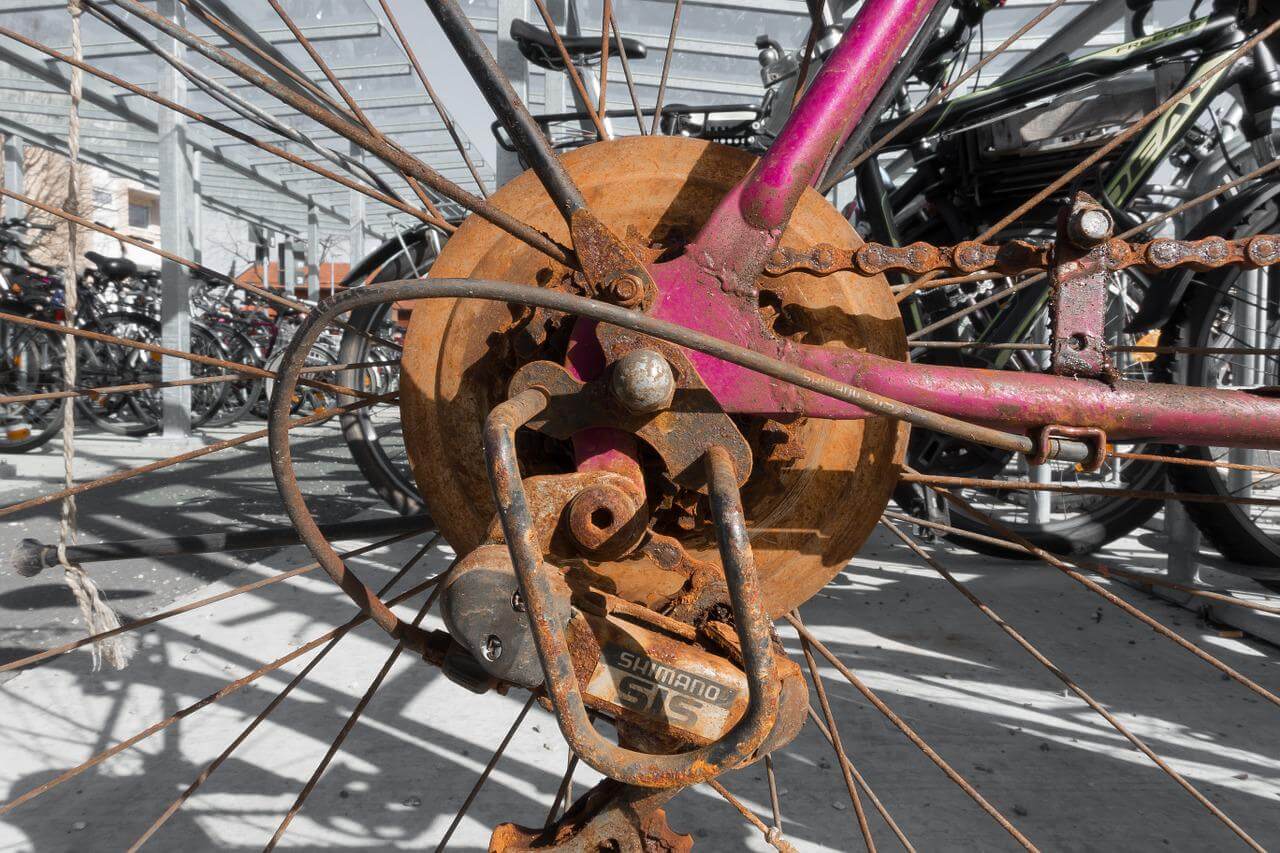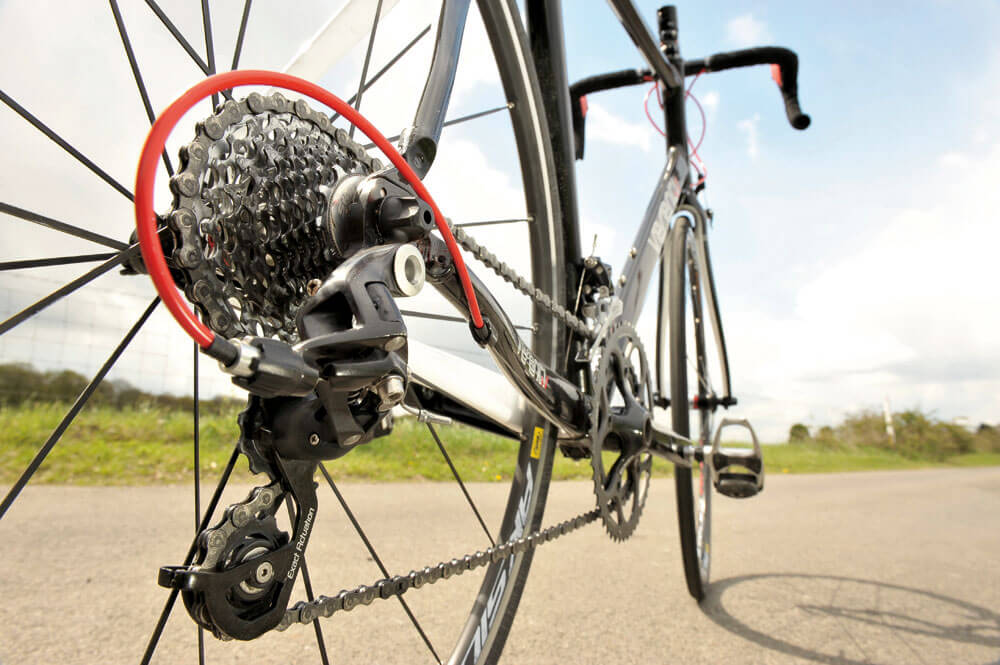What is a drive train?
The ‘drivetrain’ of the bike consists of all the bits that you use to push (or pull) the bike along. The key components are the pedals, cranks, chainrings, chain, cogs (cassette) and derailleur.
Over lubrication:
As the drivetrain consists of very small parts, it needs to be lubricated on a timely basis. You need to consider the weather, type of lube, the distance and more before re-lubing again. Over-lubing is not the ideal thing to do. This way you harm your drive train and reduce its lifespan in the process.
Lubricating is important to ensure the drivetrain works smoothly as dry chains are not ideal. Ensure to lube the roller pins of the chain as shown in the image. A half drop on each roller pin will ensure enough lubing and prevent any wastage as well. Once done, turn the pedal a few times and let it settle. If you happen to see any access on the outside of the chain, ensure to wipe it off.
Pressure wash:
A lot of us fear giving the bicycle a pressure wash. We worry, what if water enters the bearing in the hub and the bottom bracket? Will it wash off the grease and eventually seize?
To be honest, if the pressure is high, there are higher chances of grease getting washed off over a while. Hence, to avoid this, set the pressure lower or use a bucket with water to wash your bicycle.
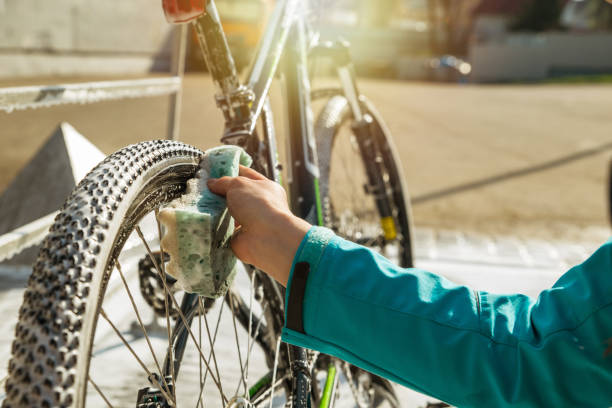
Forgetting to replace your chain:
A lot of beginners and even amateur cyclists fail to check their bicycle chain on regualr basis. They buy an expensive bike and ride it till there’s no end. Until it’s too late to realise that the bicycle chain has worn out over .75% and has also damaged the cassette. At this point, only changing the bicycle chain is pointless and you are forced to install a new cassette as well.
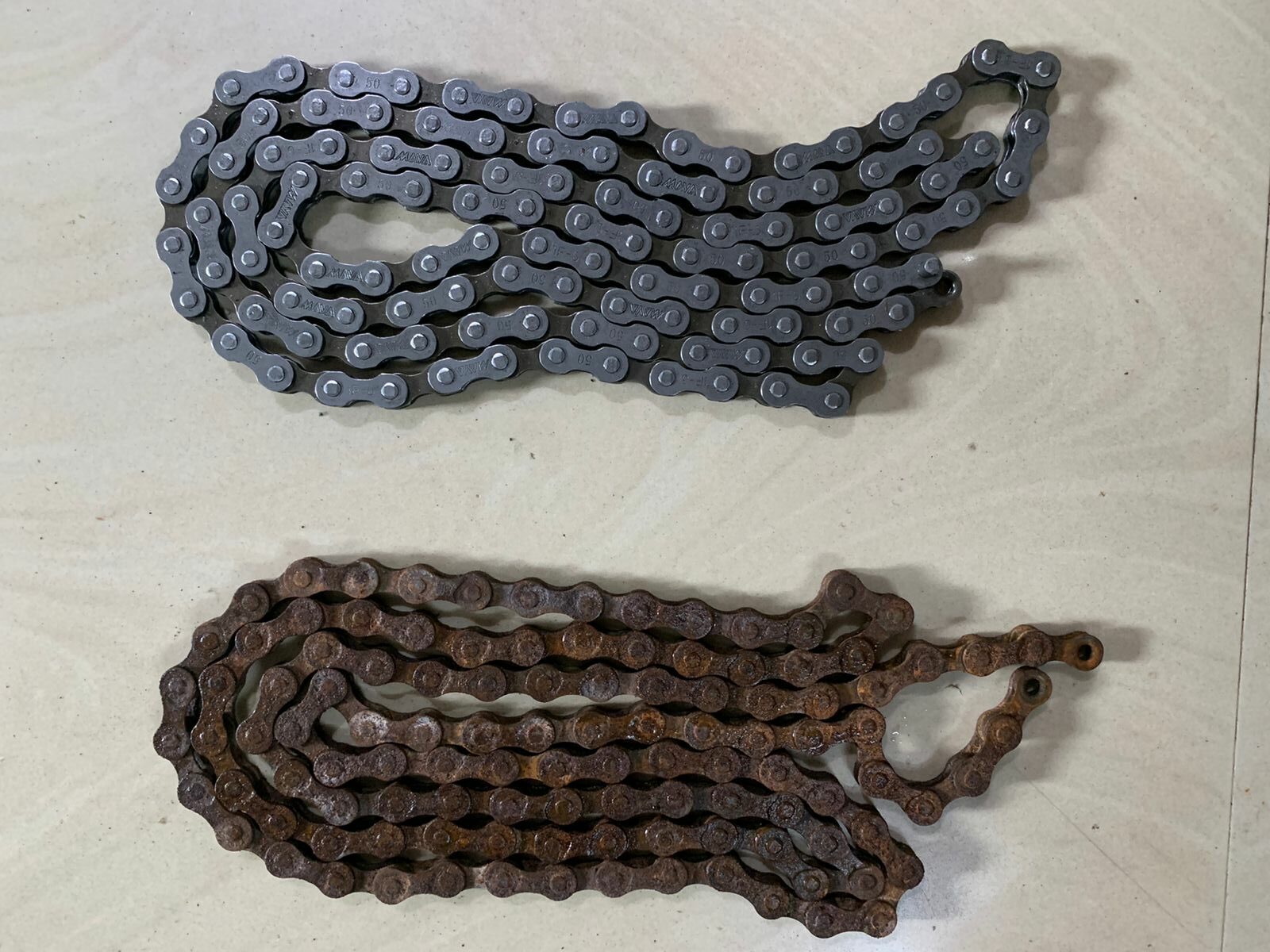
No TLC post rain ride:
How often do we go on a ride, head back home and leave the bike as it is. What happens over some time is the lube starts to make its way out and attracts dirt and grime. And if you fail to clean it, it will get dirty and sticky over time. Eventually, this will affect the sifting and wear your drivetrain out faster.
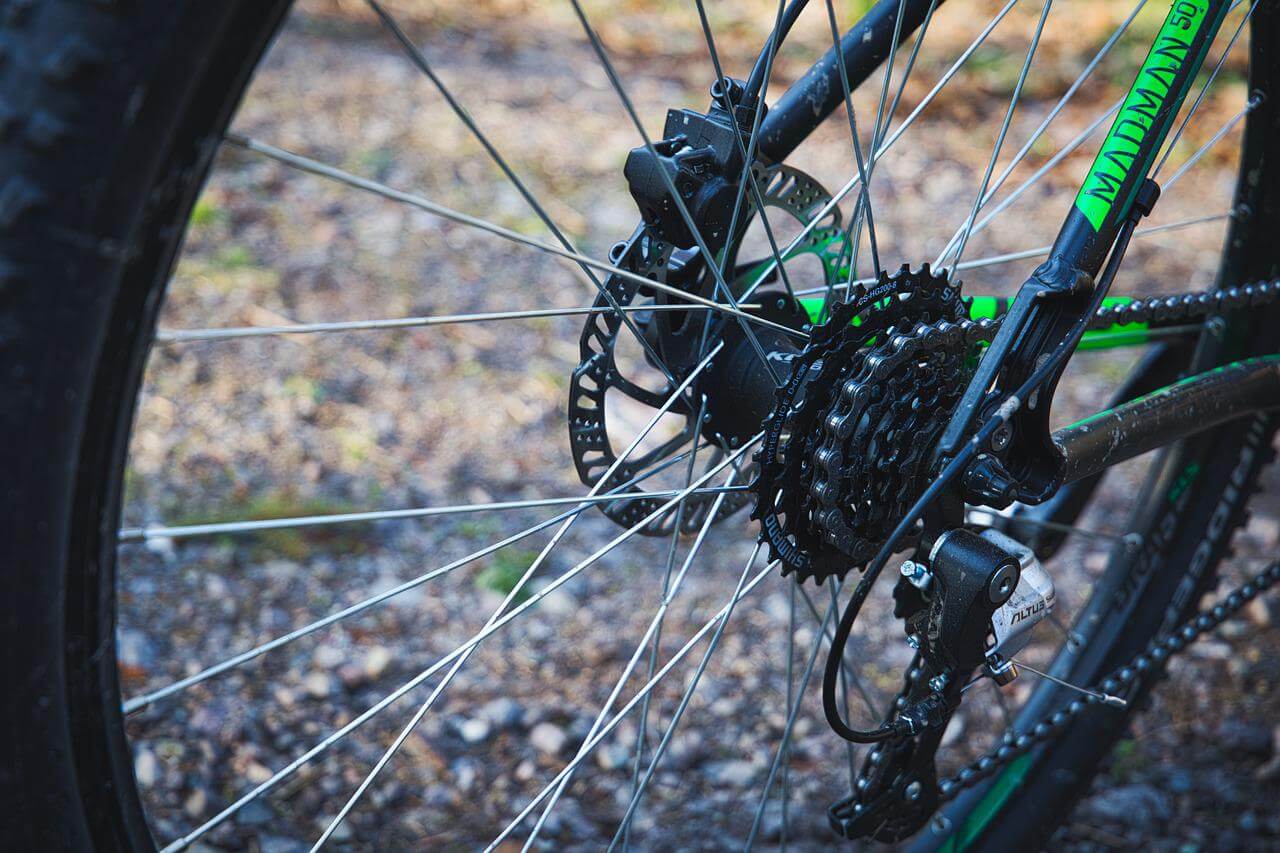
Cross-chaining:
Cross-chaining is when you’re in your big chainring and the biggest cog on your back cassette, or your small chainring and your smallest cog. Most newbies often find this combination easy to pedal. However, little do they realise the chain stretches diagonally to its limits. As a result, the bicycle chain wears way quicker than expected and needs a change immediately.
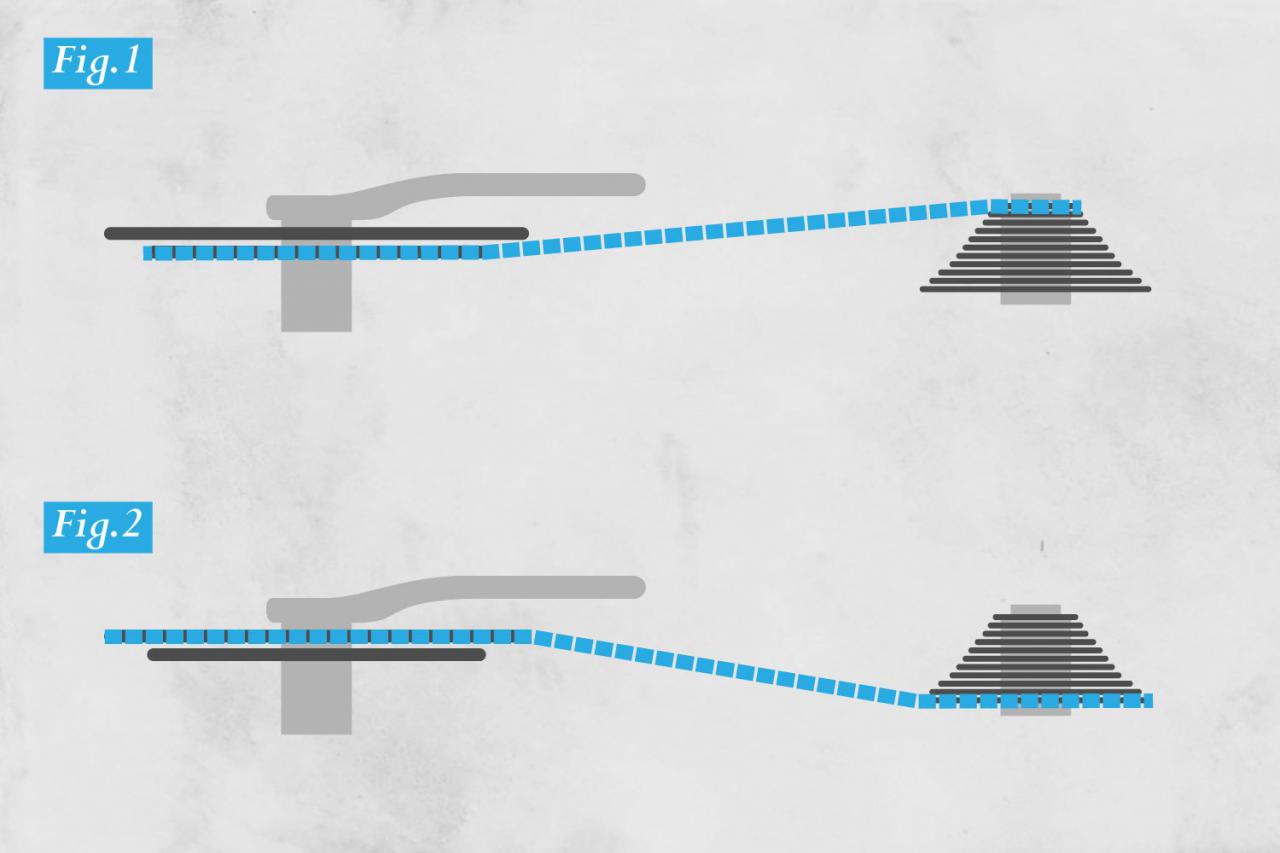
So are you a victim of any of the above-mentioned mistakes?
If yes, let us know in the comments below. Also, we are offering a free bicycle assessment workshop at our workshop. It’s free. To book drop us a WhatsApp on +91 8928041081


